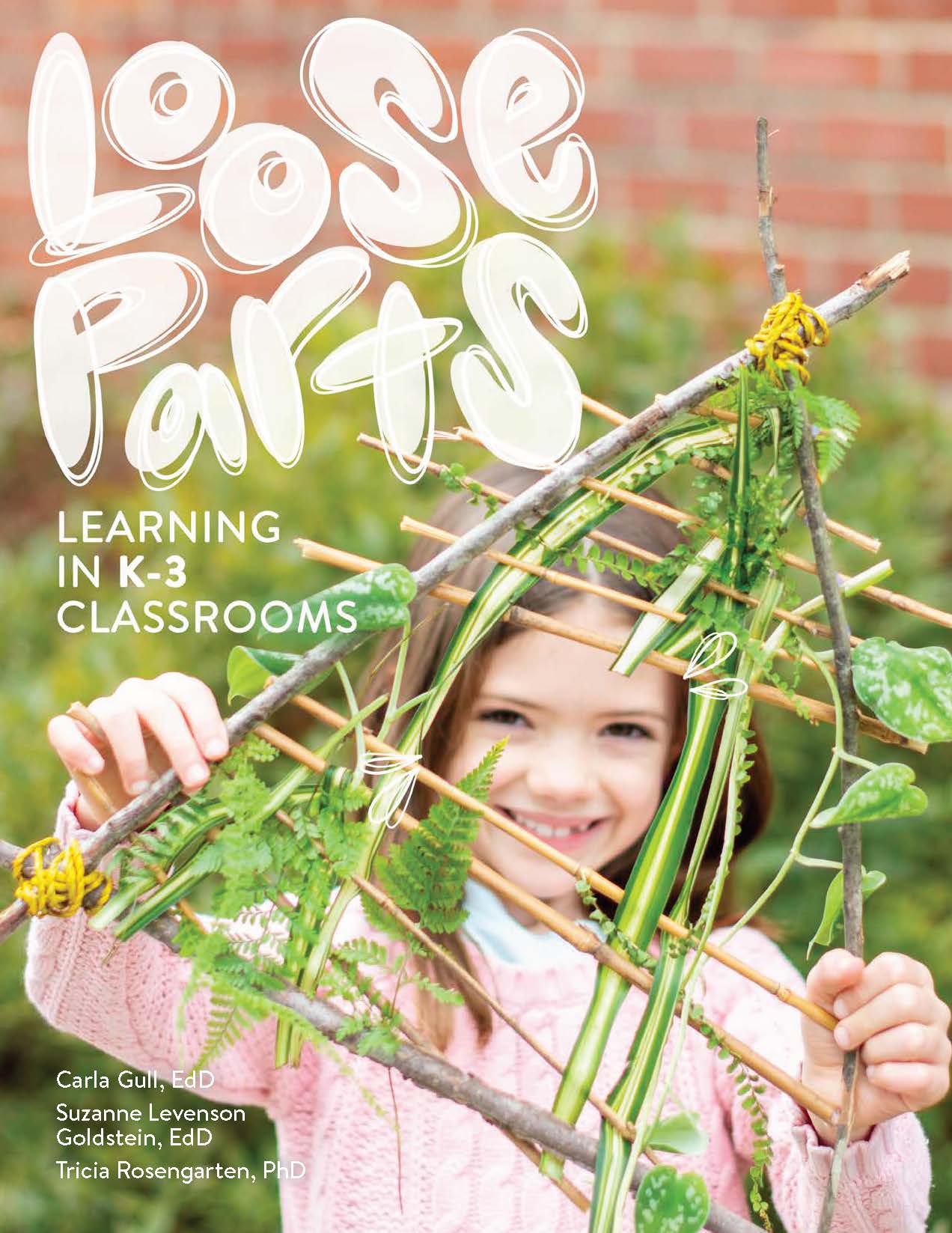- Home
- Activities
- Build a Loose-Parts Clock | A Loose-Parts Math Activity
Build a Loose-Parts Clock | A Loose-Parts Math Activity

When first learning measurement, students typically use nonstandard measures, such as yarn or paper clips. Loose parts are so perfect to use for learning measurement! Loose parts are open-ended, interactive, natural and manufactured materials that can be manipulated with limitless possibilities. Students can measure an object and write that it is, for example, five shoe lengths long. This helps children to understand what units of measurement are and later, transfer to traditional units of measurement with a ruler or yardstick.
Telling time is also one of the components of this standard. Students can use personal-sized clocks to manipulate and discover how the hands of the clock move to tell us the time. Then, using loose parts, children can build their own clock, manipulate the hour and minute hands, and learn to tell time through the use of their own loose parts clocks! See the directions for this activity below. Get the book—Loose Parts Learning in K-3 Classrooms—for more on implementing the loose-parts mindset as well as loose-parts activities in each of the STREAM disciplines.
Materials
- Round place mat, cork mat, or tree cookie
- Toothpicks or craft sticks
- Numerals 1–12
- Small loose parts, such as buttons, bottle caps, seeds, shells, or beads
What to Do
- Set out the materials on a table.
- Invite the students to practice showing time on a clock face by building their own.
- Challenge them to show specific times, such as lunchtime or time to go home, on the clock face.